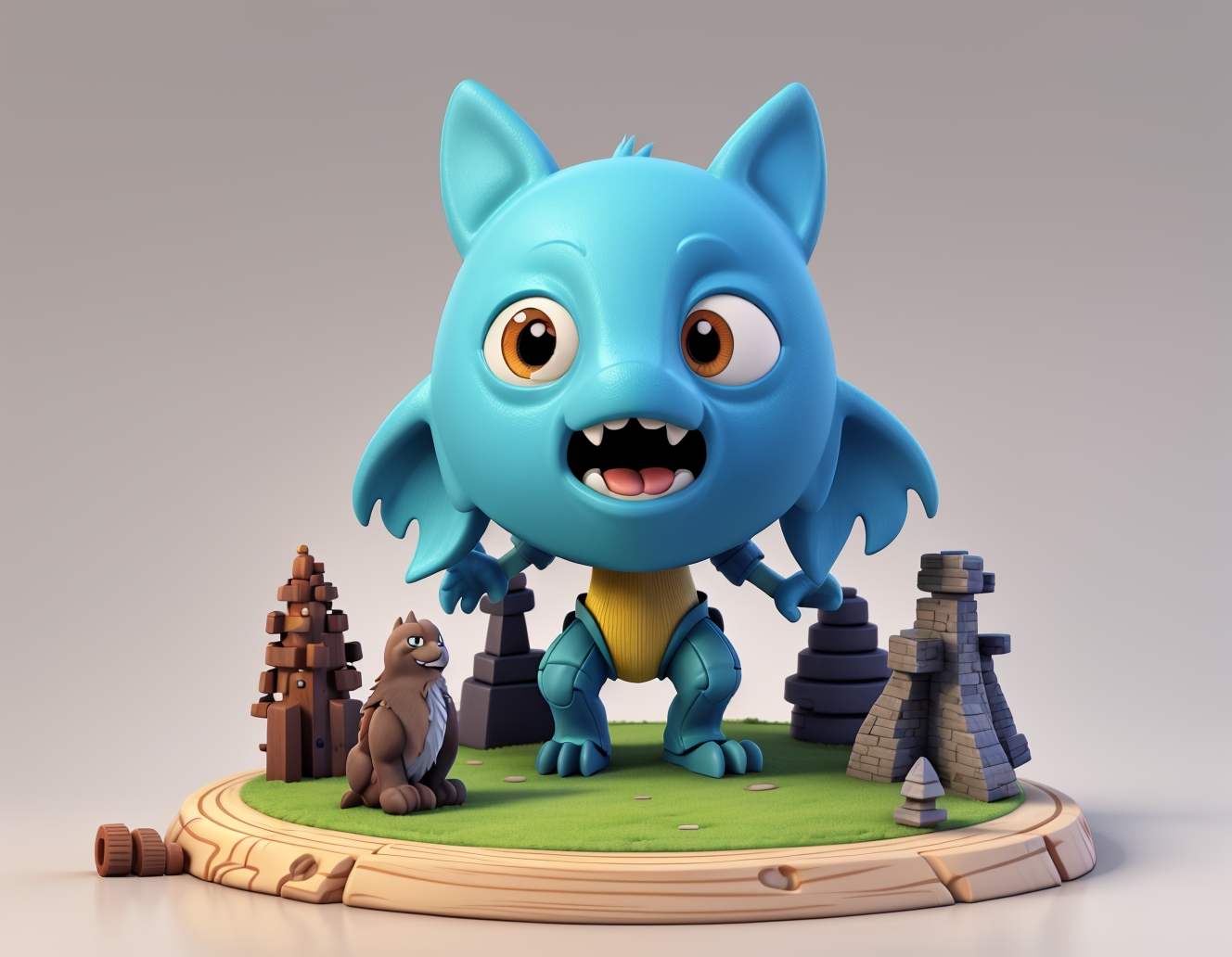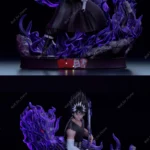Best Software for Creating 3D Models: From Beginners to Pros
Best Software for Creating 3D Models: From Beginners to Pros
The backbone of successful 3D printing projects is great 3D modeling software. With numerous options on the market, choosing the right tool can be daunting. Whether you’re a beginner looking for user-friendly options or a professional seeking advanced functionality, this guide compares the best 3D modeling software to help you decide.
TinkerCAD
TinkerCAD is a browser-based 3D modeling software that’s perfect for beginners and educators.
Pros:
Free to use, with an intuitive interface ideal for beginners.
Online platform—no need to install or maintain software.
Great for learning the basics of 3D modeling and creating simple designs.
Cons:
Limited in features compared to more advanced software.
Not suitable for creating complex, professional-grade models.
Fusion 360
Fusion 360 is a powerful, cloud-based CAD tool that’s popular among both beginners and professionals.
Pros:
Offers a comprehensive set of tools for parametric design, simulation, and manufacturing.
Free for students and hobbyists, with affordable plans for professionals.
Cloud collaboration features make it easy to share and work on projects.
Cons:
Steeper learning curve for beginners compared to simpler software.
Requires a good internet connection for cloud functionality.
Blender
Blender is an open-source 3D modeling software that excels in both 3D modeling and animation.
Pros:
Free and open-source, with a robust community and plenty of tutorials.
Extremely powerful, with features for animation, sculpting, and rendering.
Versatile, supporting a wide range of industries, from 3D printing to game design.
Cons:
Complex interface that may be overwhelming for beginners.
Primarily geared toward artists and animators rather than engineers.
SketchUp
SketchUp is a user-friendly 3D modeling software that’s popular for architectural design.
Pros:
Simple interface makes it easy for beginners to learn quickly.
Ideal for architectural modeling and design projects.
Has a free version with a robust feature set, plus additional paid options.
Cons:
Not as feature-rich for creating detailed, mechanical parts.
Limited advanced tools for more complex modeling tasks.
SolidWorks
SolidWorks is a professional-grade CAD software used in engineering, manufacturing, and product design.
Pros:
Comprehensive feature set for parametric design and mechanical modeling.
Industry-standard for professionals in engineering and product development.
Excellent for precise, functional models used in 3D printing.
Cons:
Expensive, with limited options for hobbyists or students.
Requires a powerful computer to run smoothly.
ZBrush
ZBrush is specialized 3D modeling software focused on digital sculpting and texturing, widely used in character design and art.
Pros:
Best for creating detailed, high-resolution organic models, like characters or figurines.
Unique sculpting tools that allow for a high level of artistic freedom.
Strong integration with 3D printing workflows for sculpting detailed objects.
Cons:
Not designed for precision mechanical parts or parametric design.
Steep learning curve, especially for those unfamiliar with digital sculpting.
FreeCAD
FreeCAD is an open-source parametric CAD tool for engineers and designers.
Pros:
Free and open-source, with a growing set of features and plugins.
Great for creating parametric, mechanical parts for 3D printing.
Offers solid functionality for professionals on a budget.
Cons:
Still under active development, so features can be inconsistent.
Not as polished or user-friendly as paid software options.
Choosing the Right 3D Modeling Software
When selecting software for 3D printing, consider your experience level and the types of projects you plan to create. Beginners will benefit from simple tools like TinkerCAD or SketchUp, while professionals in engineering or art may prefer advanced software like SolidWorks, Blender, or ZBrush. Your specific needs, budget, and learning curve tolerance will determine the best fit.
Conclusion
The best 3D modeling software depends on your goals, whether you’re designing simple prototypes or intricate sculptures. With the right tool, you can bring your creative vision to life and optimize your projects for 3D printing success.



